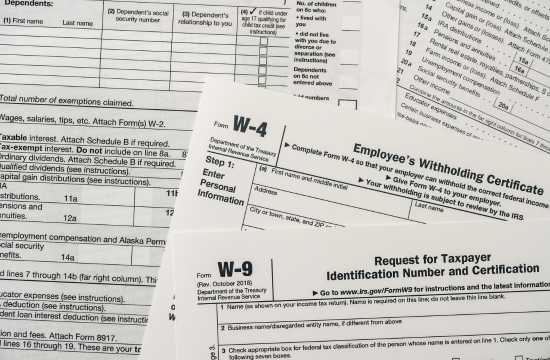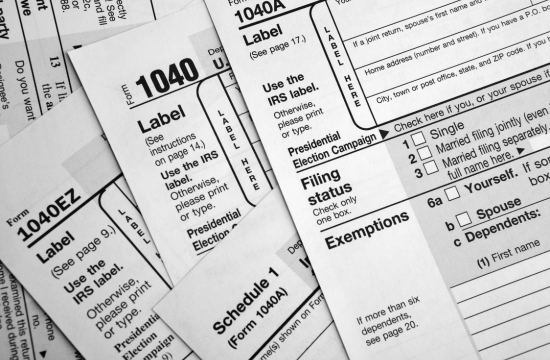Marriage brings many changes, including how you file your taxes. One of the first steps to take as a married couple is adjusting your W-4 form to reflect your new status. Properly completing your W-4 can ensure that the right amount of tax is withheld from your paycheck, helping you avoid surprises at tax time.
The Importance of the W-4 Form
The W-4 form, also known as the Employee’s Withholding Certificate, is used by your employer to determine the amount of federal income tax to withhold from your pay. When you get married, your combined income may push you into a higher tax bracket or make you eligible for certain deductions and credits. Updating your W-4 to reflect your new marital status is crucial to managing your tax liability effectively.
How Marriage Affects Your Tax Withholding
Filing Status: As a married couple, you can choose to file your taxes jointly or separately. The most common choice is Married Filing Jointly, which often provides the most favorable tax rates and allows for the maximum standard deduction. However, in certain situations, such as when one spouse has significant medical expenses or miscellaneous deductions, Married Filing Separately might be more beneficial.
Income Brackets: When you combine your incomes, you might find yourself in a different tax bracket. This could result in either an increase or decrease in your overall tax rate, depending on your combined income levels. Adjusting your W-4 helps account for these changes, ensuring the correct amount of tax is withheld.
Claiming Allowances: The W-4 no longer uses allowances as it did before 2020, but you still need to account for various factors that impact your withholding, such as dependents and additional income from other sources. The form will guide you through calculations based on these factors to determine your withholding.
Credits and Deductions: As a married couple, you may qualify for additional tax credits and deductions that were not available when you were single. These include credits for dependents, education, and retirement savings. You should consider these when filling out your W-4 to avoid over- or under-withholding.
Steps to Adjust Your W-4 as a Married Couple
Complete the W-4 Worksheet: The W-4 form includes a worksheet to help you calculate your withholding more accurately. Fill this out together, taking into account both incomes, potential deductions, and any credits you may qualify for.
Adjust for Second Jobs or Additional Income: If both spouses work or have additional income (such as from investments), use the IRS’s Tax Withholding Estimator or the Multiple Jobs Worksheet included with the W-4 form to ensure that your withholding is accurate.
Review and Update Regularly: Life changes such as the birth of a child, a change in employment, or significant changes in income should prompt a review of your W-4. Regularly updating your W-4 ensures that your withholding reflects your current financial situation.
Consider Additional Withholding: If you prefer to avoid owing money at tax time, you can opt to have additional amounts withheld from your paycheck. This is particularly useful if you have income that isn’t subject to withholding, such as self-employment income.
Common Mistakes to Avoid
Failing to Update After Marriage: Not updating your W-4 after marriage can lead to incorrect withholding, resulting in either a large tax bill or an unnecessarily large refund.
Ignoring Spousal Income: When both spouses work, it’s essential to consider both incomes in your withholding calculations. Ignoring this can result in significant under-withholding.
Overlooking Credits and Deductions: Marriage often opens up additional tax credits and deductions. Failing to account for these can lead to over-withholding.
Adjusting your W-4 form after marriage is a crucial step in managing your tax liability as a couple. By understanding how marriage impacts your tax withholding and carefully filling out your W-4, you can optimize your withholding, reduce your tax burden, and avoid surprises at tax time. Regularly reviewing and updating your W-4 ensures that your withholding remains accurate as your financial situation evolves.






